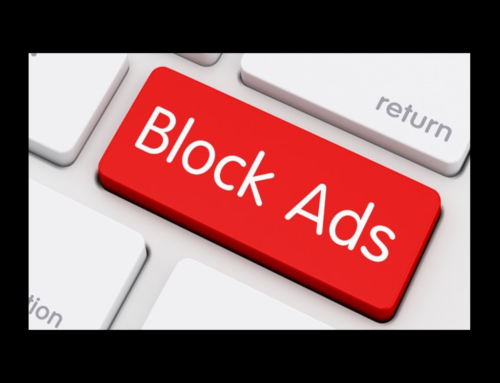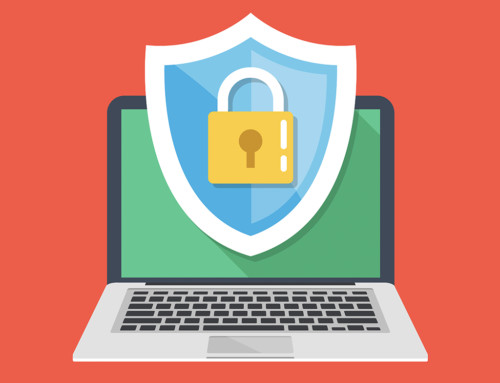One of my favorite sites on communication (PR Daily) posted an article on Gamification. I know, what does this mean? Well, Gamification really all started with a guy by the name of Gabe Zichermann. He is an author, public speaker, and entrepreneur. His latest work breaks down the science of how companies leverage gaming strategies in customer loyalty programs and overall engagement. This makes them stand out from the competition and gives the extra edge in brand engagement.
Airline miles programs are a perfect example of a large scale gamification. There is an incentive for people to travel with an airline because they get points that they can cash in for flights, upgrades, hotel stays, etc. The more you travel, the more points you get. This also works well for hotels. Personally, I am part of the Starwood Preferred Guest program– the more I stay, the more points I get for free hotel stays. This keeps me going back and keeps me engaged with the brand ensuring that I will be a loyal customer. Here are 7 steps to mastering gamification for your brand.
1. Make them feel good: Everyone likes games, so why not reward people for doing something they will already do – buy products? This will help them to remember you and your brand.
2. Tap into the interest of a game-crazy generation: We live in a generation that is being fueled by games – mobile games, Facebook games, gift cards for virtual items. Overall, games are a huge part of our everyday entertainment lives, so why not create something to capture your audience?
3. Deliver something they need: Are you eager to develop an app? Do you always have kids in the lobby making noise? Why not create a fun type of app or game they can play to engage with your brand or image?
4. Make it social: If you can tie your “game” into social media or make it interactive, it only will help spread your brand.
5. Give them feedback: Give players an opportunity to understand their progress and if there is something they can do better. This is a two-way street as well. If you’re looking at an app or a new product, have players provide you feedback so you can improve the experience for the user.
6. Think through your objectives: This is the most important part of gamification! Sure, creating a game (app or rewards-type program) is fun, but so what? If your plan is to engage with clients and customers, increase new revenue or increase engagement with your brand, then that’s what you need to focus on. If you have no idea what your final goal is, then this may not be the best plan for your company or brand. You need to have a plan and make sure that you are moving in the right direction. You can spend lots of time and resources on gamification plans, so be sure you’re utilizing your time and your team wisely.
7. Have fun: If your game is boring, then no one will care. As much as you want people to engage with your brand, they won’t do it just because. You need to make sure that your game is either worth it in fun alone or worth the rewards. I said I participate in the Starwood Preferred Guest program. Is their gamification plan fun? Nope, it’s actually not very exciting; however, I do love the rewards! Stay enough or during a certain time period and get either free nights or gift cards. With me traveling as much as I do, this is pretty exciting to me.
8. Bonus! Who is your market? Ok, so you want to make a gamification plan. Now what? Be sure to figure out who your market is. Is this new prospects or potential clients? Is this for an existing database that you’re trying to reach out to and increase engagement with? I don’t know, but this is something that you need to figure out. Remember, gamification is not going to work for each and every one of your goals. Be sure to figure out what is the most important target, and work on increasing the engagement with that particular group.






Leave A Comment